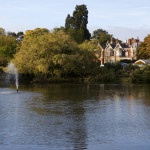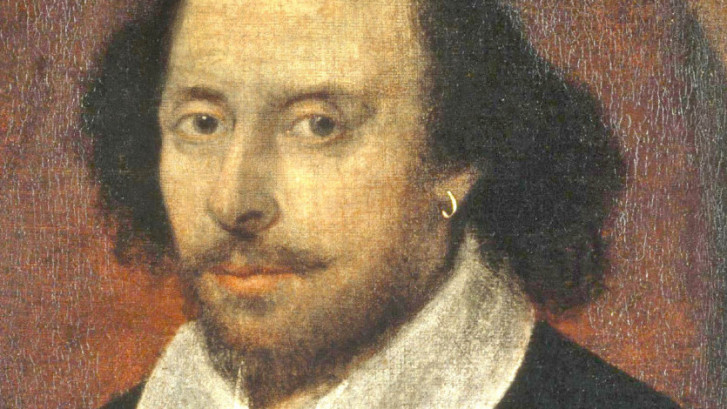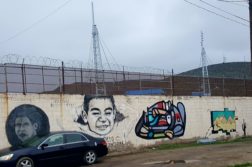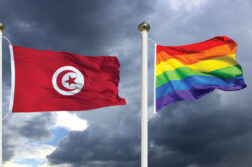England is a great country for the traveler interested in gay history and culture. London is one of the great gay cities, and there are also places of gay historical interest spread around the country, from Sissinghurst in the south to Castle Howard in the north. The great thing about the gay history of England is that there are a number of famous and relatively well-documented people in English history who loved people of their own sex. These include at least one king, James I, a number of aristocrats of note, and many authors, such as Shakespeare, Oscar Wilde, and Virginia Woolf.These are people who spoke about their feelings in literature, diaries, or letters, or who were famous enough that others commented on their love lives. This makes the gay history of England not only rich, but also rather approachable. And it is also visible in England: there are sights you can visit that are connected with many of these people.
 Shakespeare and the National Portrait Gallery
Shakespeare and the National Portrait Gallery
One of these people is of course Shakespeare.
I say “of course” because I used the famous Chandos portrait of him as my featured photo. This painting is in London’s National Portrait Gallery, one of the great temples of gay history. And it occupies a position of importance in the gallery: when it was donated in 1856, it was the first work in the collection. That makes sense, because Shakespeare is a key figure not only in English literature but in England’s national identity.
The question of his sexuality, however, is generally swept under the rug. Perhaps this is because people know the plays better than the sonnets. But the sonnets are the only place in which Shakespeare writes in the first person, so they give us our best evidence for his feelings. A majority of them are addressed to an unnamed young man with whom the author is in love. And although the poems you read in high school may not have been clearly homoerotic, some of them are very much so. An example is Sonnet 20, where he calls the young man “the master mistress of my passion.” He also addresses a woman he is in love with, and there is no point in trying to use the modern category ‘gay’ for a person from long before its invention. Nonetheless, same-sex love was clearly an important part of his life.
Oscar Wilde in London and Oxford
Strangely, there is not a single picture of Oscar Wilde in the National Portrait Gallery. There are portraits of many important figures in Wilde’s life in the gallery, though, and England is full of places associated with Wilde. When I was studying in London 15 years ago, there were still two restaurants in London that Wilde frequented. Both of them have sadly closed now, but there are other places still open with Wildean associations.

Goodyear’s, for instance, the flower shop where Wilde and his friends bought their green carnations moved when it was bombed in World War II but is still open near Victoria Station. And James J. Fox, Wilde’s tobacconist, is not only still open: they still have the list of Wilde’s purchases and his debt to the store.
The gay history of England is not only found in London, however. Oxford and Cambridge are both rich in gay history, and there is a series of historic houses and gardens in the south that are connected with the Bloomsbury circle and their experiments with sex and sexual identity.
Alan Turing and Bletchley Park

Another important place for gay history is Bletchley Park, where Britain’s top secret code-breaking project took place during World War II. When I first planned tours of the gay history of England, I didn’t include Bletchley Park, because I found that most people had not heard of Alan Turing. Now, however, I am hoping that the movie The Imitation Game will have put him on people’s radar screen. He really is one of the great gay heroes, both because of his role in saving the civilized world from Nazism and because of the senseless way in which he was persecuted (along with so many other men) for his homosexuality. And Bletchley Park is well-preserved and has interesting exhibits about Turing and the movie: it is well worth a visit.
To learn more about the gay history of England, come on Oscar Wilde Tours’ Gay London/Gay Paris tour in August. We will see the places discussed in this post and many more; the tour will include the launch of our ‘Gay Secrets of the National Portrait Gallery’ tour as well as a gay tour of Westminster Abbey, and much more!






